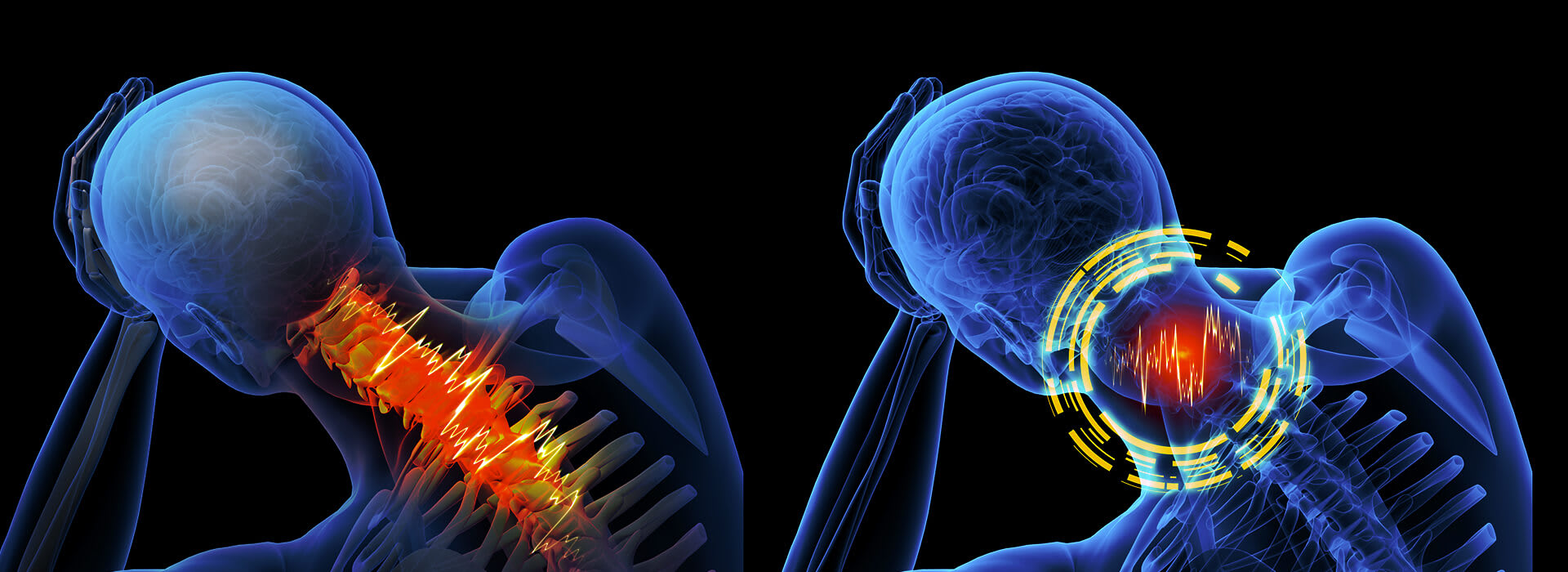
Determining the Severity of a Spinal Cord Injury
How Severe Is Your Spinal Cord Injury After an Accident?
Damage done to the spinal cord can result in a multitude of complications, with one being paralysis. Paralysis may occur below the injured area as the nerves are no longer able to communicate with the brain to send or receive signals. Below, we will go further into detail about the severity of a paralysis and how to diagnose and treat the condition.
If you are suffering from a spinal cord injury due to the negligent actions committed by another party, you may be eligible to file a personal injury claim to recover damages. At West Coast Trial Lawyers, our spinal cord injury attorneys will help strengthen your claim and negotiate with insurance companies to ensure you are given a fair settlement offer.
To schedule a free consultation, please contact our 24/7 legal team by calling 213-927-3700 or filling out our contact form.
Determining the Severity of Paralysis
There are many factors that determine the level of severity for paralysis. Getting an idea of how serious the injury is depends on what area of the spinal cord was damaged, along with knowing whether the injury is complete or incomplete.
The most common spinal cord injury occurs in the lumbar section. It has the least amount of structural support and experiences a lot of sprains. Furthermore, the injury may impact the individual’s hips and legs. Numbness is also another common result. The least common spinal cord injury is located in the thoracic section. If an individual does get a thoracic spinal cord injury, their muscles, mid-back, abdominal muscles, or upper chest may be affected.
When an individual experiences a spinal cord injury, they may suffer either complete or partial paralysis below their injury. This is primarily why the cervical area has more severe injuries, since it could affect a larger portion of the body compared to other spinal cord sections being damaged. The individual may also experience more intense after effects, such as impaired breathing and paralysis.
Paralysis
A spinal cord injury that involves paralysis usually occurs from:
- Motor vehicle accidents,
- Physical violence,
- Diving accidents,
- Surgical error,
- Sports accidents,
- Bicycle accidents, or
- Pedestrian accidents.
Generally, the lumbar or thoracic spinal cord sections get injured when an individual experiences direct and intense contact to their back. If you are suffering from an injury relating to one of these areas, you may potentially get diagnosed with paraplegia. Paraplegia is defined as having paralysis from the waist down. Several factors may contribute to the cause of injury for paraplegia. This includes:
- Autoimmune disorders,
- Strokes,
- Oxygen deprivation,
- Tumors,
- Spinal cord disorders,
- Genetic disorders, or
- Infections located in the brain or spinal cord.
Treatment
If the individual suffers an injury and immediately calls 911 to have paramedics transport them to the hospital, then they will most likely be provided with a neck brace for stabilization. The medics will also use special equipment and a backboard to transfer the individual to the hospital for treatment. Once the individual is at the hospital, the doctor(s) will evaluate their condition to determine a proper diagnosis for the injury. Below are common tests that are used to find a diagnosis:
- X-rays. These are used to generate images of the patient’s tissues and structures inside their body. This test is used to determine if the patient is suffering any bone fractures, tumors, abnormal masses, foreign objects, dental problems, pneumonia, and so on.
- Magnetic resonance imaging (MRI). This is used to create detailed, three-dimensional anatomical images. MRI is typically used to monitor a patient’s treatment, determine a diagnosis, or find any diseases lurking in the body.
- Computed tomography (CT) scan. This is used to conduct a variety of cross-sectional images of the patient’s body that will then be combined to form a three dimensional X-ray image. CT scans are more detailed than X-rays. They give doctors access to view the patient’s body structure from different angles.
- Neurological testing. This is used to test the patient’s vision, balance, coordination, hearing, speech, motor skills, and sensory skills. It may also test the patient’s mood, behavior, and mental status.
- Surgery. After getting results on the critical status of the spinal cord injury, the doctor will determine whether or not surgery is necessary. It usually is administered if the patient’s spinal cord needs to be decompressed or stabilized.
- Rehabilitation. Your doctor may direct you to a rehabilitation center to continue getting treatment for your spinal cord injury. The therapists at this center will help you reach your goals on what you plan to achieve while you are there. This includes:
- Gaining back your mobility and independence,
- Decreasing any pain or discomfort you have been experiencing from the injury, and
- Assisting you with relearning how to perform everyday activities.
West Coast Trial Lawyers Is Here to Help
If you are a victim of spinal cord injury due to another individual’s negligence, West Coast Trial Lawyers has certified spinal cord injury attorneys with over 60 years of collective legal experience in handling personal injury cases. We will help you recover economic and non-economic damages. This includes medical expenses, emotional distress, lost wages, pain and suffering, and more.
No fees will be charged until your case has been settled. We offer a free, no-obligation consultation with the attorneys at our firm. Reach out to our 24/7 legal team by calling 213-927-3700 or filling out our contact form.



